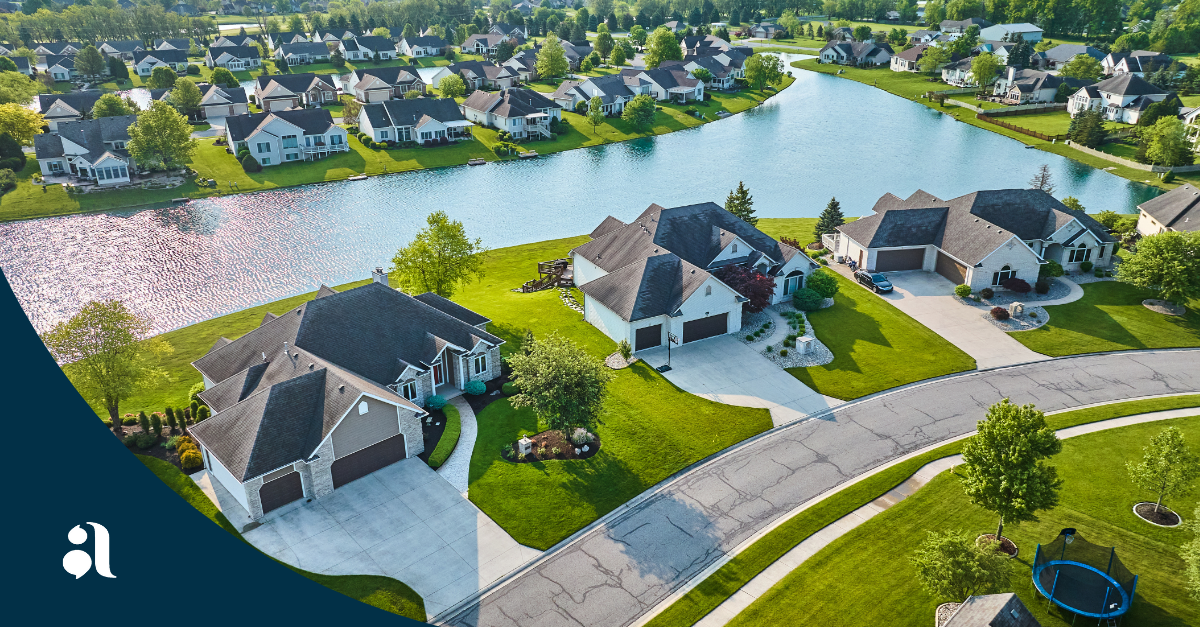
Designing Residential Developments for the Live-Work-Play Consumer
REBusiness Online’s recently published article, “How to Design, Develop Mixed-Use Projects for the ‘Live-Work-Play’ Consumer,” discusses the growing popularity of mixed-use communities, as today’s consumers crave walkability, close proximity to activities and retail destinations, and convenient access to a diverse selection of amenities.
“Think about when you go on vacation,” the article states. “You pick a hotel or rental property that’s close to activities you want to do, sights you want to see or places you want to eat. Now, people are beginning to crave that same convenience in everyday life — and it makes sense.”
But it's not just mixed-use developments experiencing a surge in demand. Master-Planned Communities (MPCs) are also increasing in popularity. Today’s MPCs are designed with the resident in mind. Comparable to small, self-contained cities, MPCs offer buyers and renters with a convenient and elevated lifestyle, typically encompassing multiple residential neighborhoods, a variety of businesses, restaurants and services, community events and an abundance of world-class amenities.
So how can real estate developers design their mixed-use and master-planned communities to appeal to shifting buyer demands? REBusiness has three tips to keep in mind:
Research and Location Scouting are Key
The article notes that developers should put an increased focus on location specifics and conduct in-depth research on macro and micro-level trends influencing the area before deciding which direction to take their project. In addition to studying area demographics and how the population has changed over the past few years, REBusiness says “developers must research everything from office, residential, hotel and retail uses to parks, benches, lighting and other design elements.”
REBusiness says it is also important to consider logistics, height restraints, physical building restrictions and even the public's sentiment towards new development in the area.
Build for the Long Haul
While it may be tempting to place an emphasis on what’s hot and trending, REBusiness says the key to sustainability within your community is making sure your project is built for the long haul—meaning it's flexible and can be easily adapted to meet changing lifestyle needs and shifting buyer demands.
“For example, it might not be worth it to invest solely in Peloton bikes and treads, as that could be a trend that comes and goes,” states REBusiness. “However, offering a variety of health and wellness amenities like weekly rotating classes, a built-out gym with yoga and strength capabilities or walking trails will serve developers well by appealing to a wide range of renter tastes.”
Create Spaces that Foster Connectivity
REBusiness says it's important for developers to create a good vibe and energy between spaces. “This initiative involves building community, fostering collaboration, creating memorable experiences and introducing a unique central gathering place to residents and visitors alike,” the article states.
One way developers are creating greater connections within their master-planned communities is with Alosant. The company develops and powers purpose-built software solutions that connect people and places, specifically the key constituents within a residential community, including developers, home builders, residents, home shoppers, property managers, homeowner associations, local businesses, service providers and more.
Offering “Everything in One Place,” Alosant-powered branded native apps are designed and configured to best suit each community’s unique needs. Alosant apps are now implemented in over 70 of the country’s most innovative and fastest growing communities, including master-planned, single-family, multi-family, mixed-use, age-restricted, and member club.
April LaMon, Co-Founder and CEO of Alosant, understands that prospective buyers often choose a community in which to call home before even considering the home itself—with connectivity and connection between residents and the neighborhood being a primary deciding factor. As buyer demands continue to evolve, one thing remains sure, in a world where technology has driven a wedge between interpersonal connection, buyers are more likely to choose a neighborhood where they feel a sense of community.



